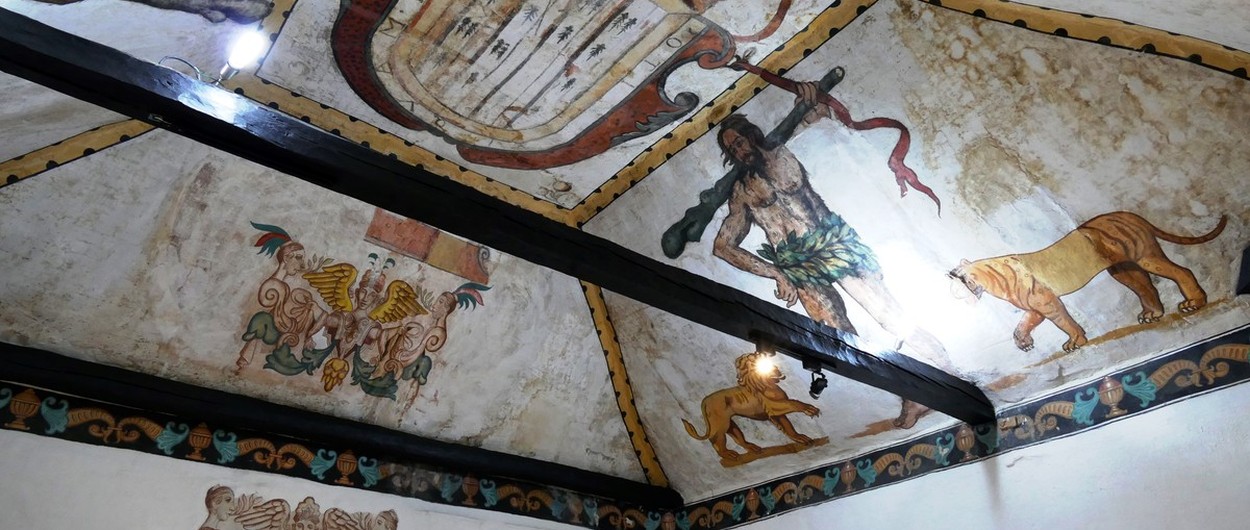There are 2 museums in the city of Tunja, Colombia. Below you will find some general information about each of them. Click the details link to get more data about open hours, accessibility, exhibitions, and more.
Casa del Fundador Gonzalo Suárez Rendón

| Name: | Casa del Fundador Gonzalo Suárez Rendón |
|---|---|
| Category: | Art museum |
| State: | Boyaca |
| City: | Tunja |
| Address: | Cra. 7 Sur #1956, Tunja, Boyacá, Colombia (View on Google Maps) |
The Casa del Fundador Gonzalo Suárez Rendón is a historic museum located in Tunja, Boyacá, Colombia. This well-preserved colonial building showcases a collection of artifacts that reflect the life and culture of the region during colonial times. The museum offers free guided tours that typically last around 45 minutes, allowing visitors to explore various rooms and exhibits. The location is easily accessible, and the knowledgeable guides enhance the experience by sharing insights about the house and its significance in the local history.
Visitors can expect to see beautifully restored frescoes and a range of antiques, including period furniture and household items. The museum’s charming garden adds to the atmosphere, providing a glimpse into the elegance of colonial architecture. Each guided visit reveals the storied past of Tunja, making it an enriching stop for those interested in history and culture.
Casa del Escribano Don Juan de Vargas

| Name: | Casa del Escribano Don Juan de Vargas |
|---|---|
| Category: | Heritage museum |
| State: | Boyaca |
| City: | Tunja |
| Address: | Cl. 20 #8-52, Tunja, Boyacá, Colombia (View on Google Maps) |
Casa del Escribano Don Juan de Vargas is a historical museum situated in Tunja, Boyacá, Colombia. Housed in a colonial-era building, this small museum offers insights into the region’s rich history and culture. Visitors can expect a guided tour that lasts around one hour, highlighting the architecture and artifacts significant to Colombia’s colonial past. The admission fee is affordable, making it accessible for those interested in art and history. Although the museum is currently facing challenges related to funding and preservation, it remains an important site for understanding local heritage.
Inside, visitors can explore various artifacts from past centuries, including furniture, paintings, and household items that depict daily life during colonial times. The museum features stunning ceiling frescoes that attract the attention of art and history enthusiasts alike. It provides a unique glimpse into an era that shaped the region. While photography is generally restricted for local visitors, foreigners may capture these historical treasures, enhancing the overall experience.

